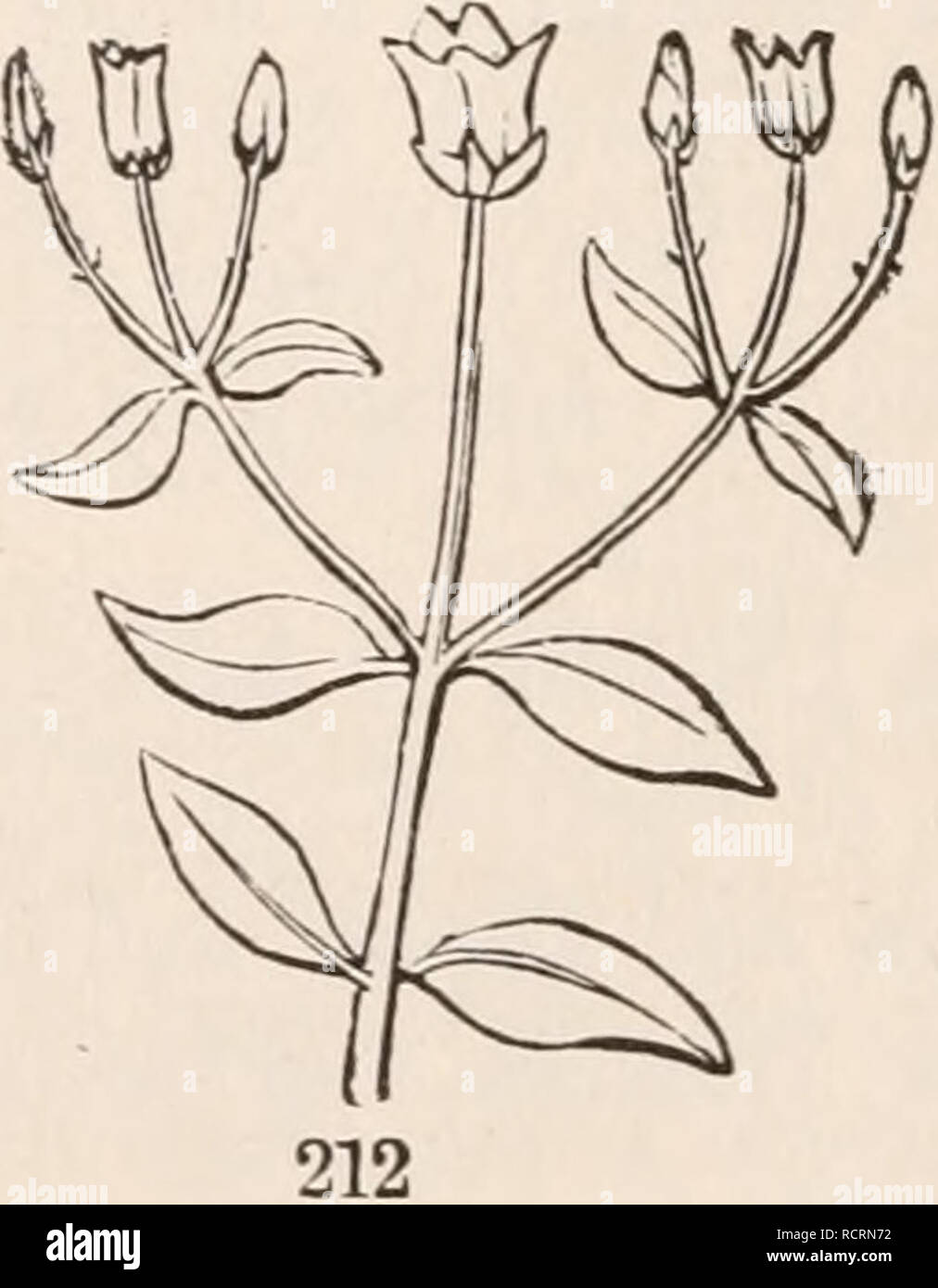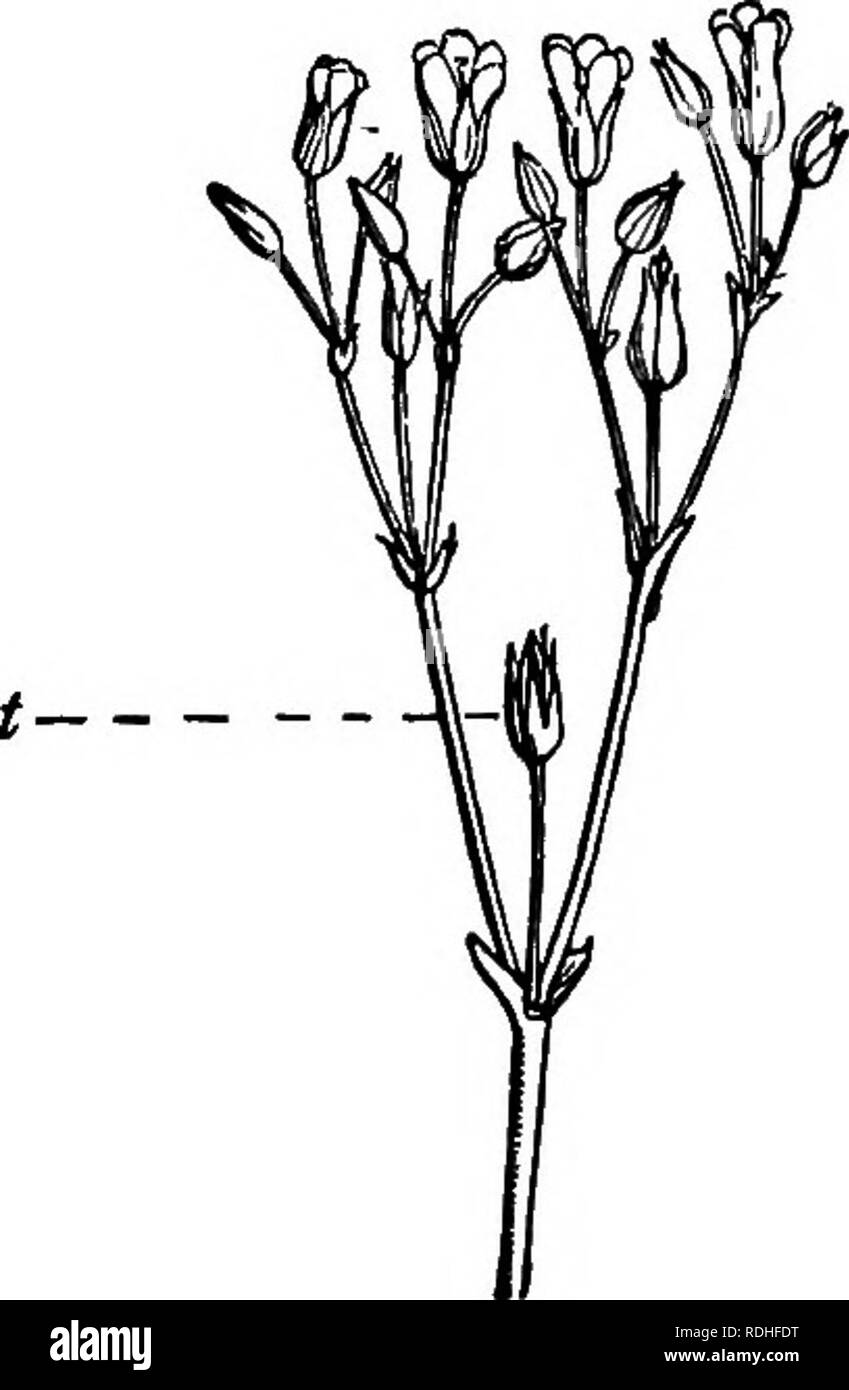
Calyx usually 7–9 mm long, campanulate, veins covered with long white appressed multicellular hairs, glabrous or hairy with simple hairs between veins. At the same time, the peduncle starts expanding horizontally. Then other flowers emerge in the axis below this flower. Flowers 5-merous, perianth segments free, petals reddish, orangish, yellow or green, margin entire disc extrastaminal, columnar, adnate to the ovary, but discontinuous by lateral It is also of various types. The flowers are borne in a basipetal order. The types of the racemose inflorescence are the raceme, spike, corymb, spadix, etc. This arrangement is repeated on subsequent floral nodes to form the Verticillaster, e. The main kind of racemose inflorescence is the raceme (/ˈræsiːm/, from classical Latin racemus, cluster of grapes). Flowers usually small, zygomorphic, bisexual or unisexual by abortion. Note that the central terminal flower is the most mature, with each succeeding pair of lateral flowers … Write Common and Botanical name of any three plants, whose stem provides medicines. Privacy Site Map Blog Company Profile Precision Machining Cymose Inflorescence: There are mainly three types of cymose inflorescence viz. Dichasial cyme: In this type, the inflorescence constitutes three flowers with a central older flower being encircled by two adjacent younger flowers. Dichasium definition, a form of cymose inflorescence in which each axis produces a pair of lateral axes. The supporting stalk of individual flower is called pedicel. dichasial cyme scorpioid cyme panicle-like cyme. The dichasial cyme inflorescence is on the terminal end of the plant. In uniparous or monochasial cyme, the main axis ends into a flower and produces only one lateral branch at a time ending into flower. Cymose or determinate or definite inflorescence includes uniparous or monochasial cyme and biparous or dichasial cyme. It is of the following types: Compound dichasial cymes are seen in families such as pink (Caryophyllaceae) and madder (Rubiaceae). The arrangement of flowers is either basipetal or centrifugal. Cymose inflorescence is the name of determinate or definite inflorescence in which the tip of the main axis terminates in a flower and further growth continues by one or more lateral branches which also behave like the main axis (Fig. The receptacle forms a hollow cavity and has an apical opening protected by scales.

An inflorescence is a group or cluster of flowers arranged on a stem that is composed of a main branch or a complicated arrangement of branches. Inflorescence MCQ (Multiple Choice Questions and Answers) Q1. The inflorescence is surrounded by are involucre, e.

Each cluster of flowers shows a dichasial cyme arrangement. inflorescence class-11 Share It On Facebook Twitter Email. Cyathium is found in:-a) Ficus b) Morus c) Euphorbia d) Dorstenia. The stem holding the whole inflorescence is called a peduncle and the major axis (incorrectly referred to as the main stem) holding the flowers or more branches within the inflorescence is called the rachis. Morphology Reproductive morphology Inflorescences Inflorescence a dichasial cyme or thyrse, rarely subcapitate. Biparous or Dichasial Cyme – In this type of inflorescence, the main stem stops growing after the development of a terminal flower. Answer (2) Dichasial cyme ending in monochasial cyme – Verticillaster 17.

Polychasium or Pleiochasium or Multiparous Cyme: General attributes Inflorescences are depicted by various credits including how the sprouts are designed on the Further divisions of the dichasial cyme leads to a compound dichasial cyme. Inflorescence is divided into two main types: Racemose: In racemose types of inflorescence, the main axis grows continuously and flowers are present laterally on the floral axis. Inflorescences in Amphorogynaceae and Viscaceae are not dichasial and in general are difficult to compare to “standard” inflorescences. Verticillaster : consists of biparous cyme ending in uniparous scorpioid cymes on either side. Inflorescence is the reproductive shoot, bearing a number of flowers. Determinate simple inflorescences are generally called cymose.The main kind of cymose inflorescence is the cyme (pronounced 'saim', from the Latin cyma in the sense ‘cabbage sprout’, from Greek kuma ‘anything swollen’). The main kind of cymose inflorescence is the cyme. Our previous research showed that co-suppression of JcLFY delayed flower formation, leading to production of 11.

In the branching of the definite inflorescence the bracteole on the main axis becomes the bract of the axis of the next higher degree. Dichasial cyme inflorescence 15 czerwca 2021


 0 kommentar(er)
0 kommentar(er)
